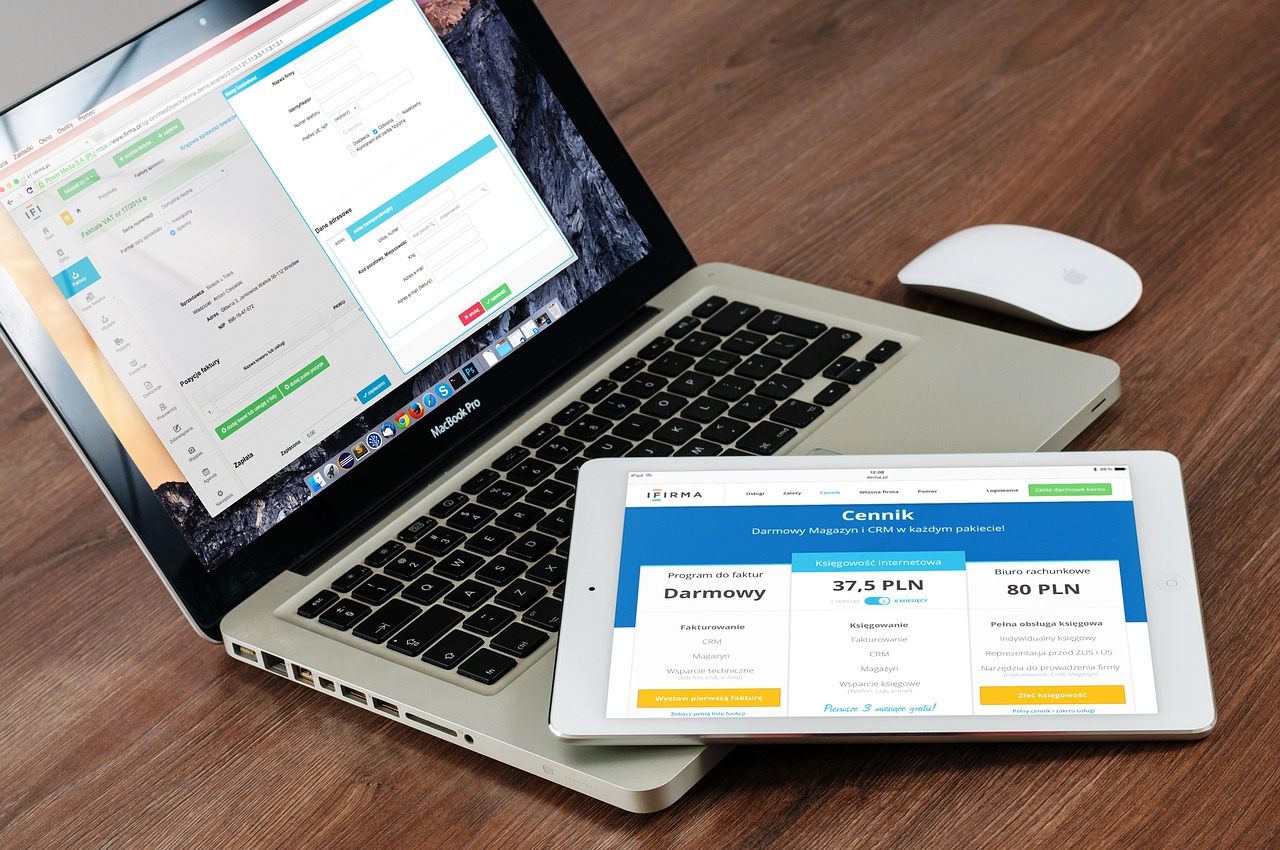
Landing pages are the gateway to conversions in the digital realm. When designed effectively, they can turn casual visitors into engaged leads or paying customers. In this article, we will explore strategies and examples for creating high-converting landing pages through effective web design.
The Significance of Landing Pages
Landing pages serve a specific purpose in the online marketing funnel. They are designed to:
- Capture Attention: A well-designed landing page immediately grabs the visitor’s attention and focuses it on a single, compelling message or offer.
- Generate Interest: By providing relevant information and benefits, landing pages pique visitors’ interest and entice them to explore further.
- Facilitate Action: The ultimate goal of a landing page is to encourage a specific action, such as signing up for a newsletter, downloading an e-book, or making a purchase.
To achieve these goals, effective design plays a pivotal role. Here are some strategies to create landing pages that drive conversions:
1. Clear and Concise Messaging
The messaging on your landing page should be clear and concise. Visitors should immediately understand what your offer is and why it’s valuable to them. Use a compelling headline, a concise subheadline, and persuasive copy to convey your message effectively.
Example: HubSpot’s Landing Page
HubSpot’s landing page for their CRM product showcases a clear headline and subheadline, making it immediately evident what they offer.
2. Eye-Catching Visuals
Incorporate visually appealing elements that support your message. High-quality images or videos can help illustrate your product or service, creating a stronger connection with your audience.
Example: Airbnb’s Experience Landing Page
Airbnb’s experience landing page uses beautiful imagery to showcase various experiences, enticing users to explore further.
3. Strong Call to Action (CTA)
The CTA button is the linchpin of your landing page. Use action-oriented, benefit-driven text (e.g., “Get Started,” “Download Now”) and make it visually prominent through color contrast.
Example: Shopify’s 14-Day Free Trial Landing Page
Shopify’s landing page highlights its CTA button with a contrasting color, encouraging users to start their free trial.
4. Trust Signals
Building trust is crucial for conversions. Display trust badges, customer testimonials, reviews, or partner logos to reassure visitors about your credibility.
Example: Trustpilot’s Landing Page
Trustpilot’s landing page prominently features trust badges and customer reviews, establishing trust with potential users.
5. Mobile Optimization
Ensure your landing page is fully responsive and optimized for mobile devices. A significant portion of web traffic comes from mobile users, and a non-mobile-friendly landing page can deter conversions.
Example: Evernote’s Landing Page
Evernote’s landing page provides a seamless experience on both desktop and mobile devices.
6. A/B Testing
Don’t rely on guesswork. Conduct A/B tests to refine your landing page design and copy continually. Test different headlines, CTA button colors, and layouts to determine what resonates best with your audience.
Example: Unbounce A/B Testing
Unbounce’s landing page builder offers A/B testing capabilities, allowing users to optimize their landing pages for conversions.
In conclusion, designing landing pages for conversions is both an art and a science. By incorporating clear messaging, eye-catching visuals, compelling CTAs, trust signals, mobile optimization, and A/B testing, you can create landing pages that not only look great but also drive meaningful results for your business. Remember that effective landing page design is an ongoing process of refinement, so don’t be afraid to iterate and experiment to achieve the best conversion rates possible.

